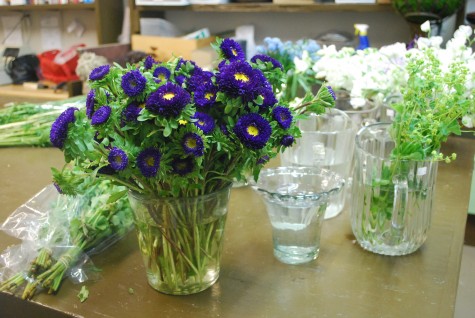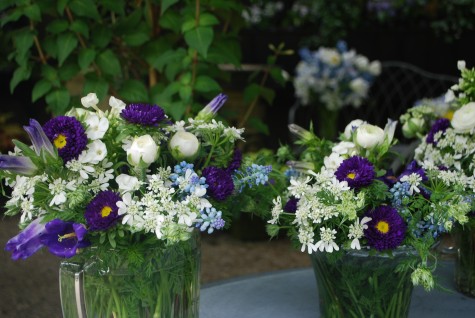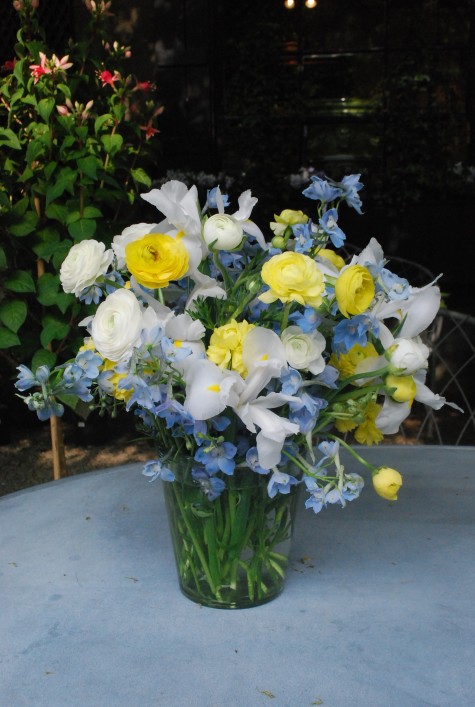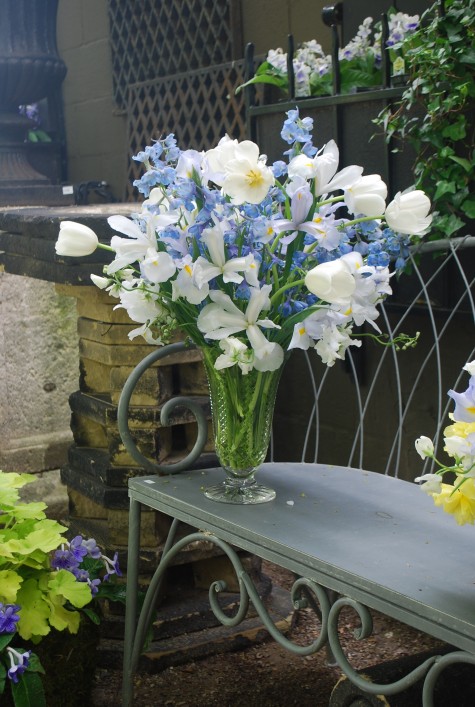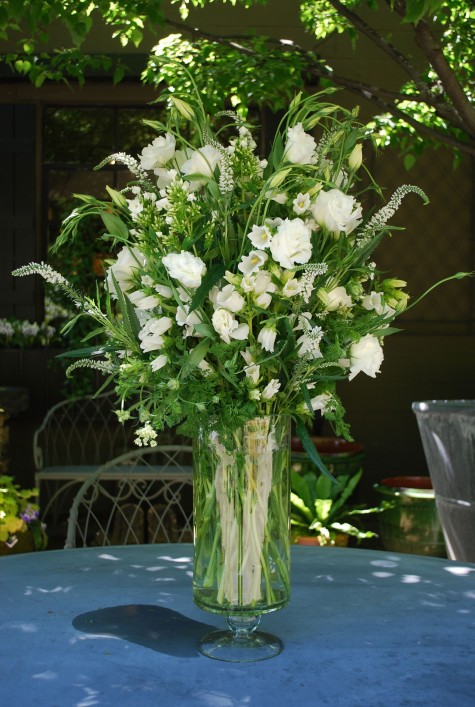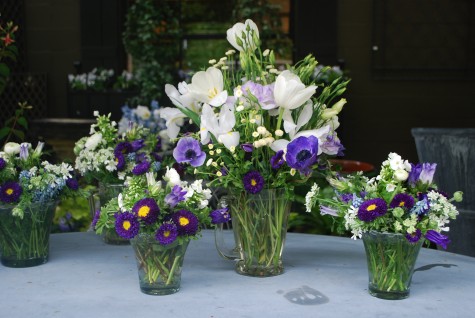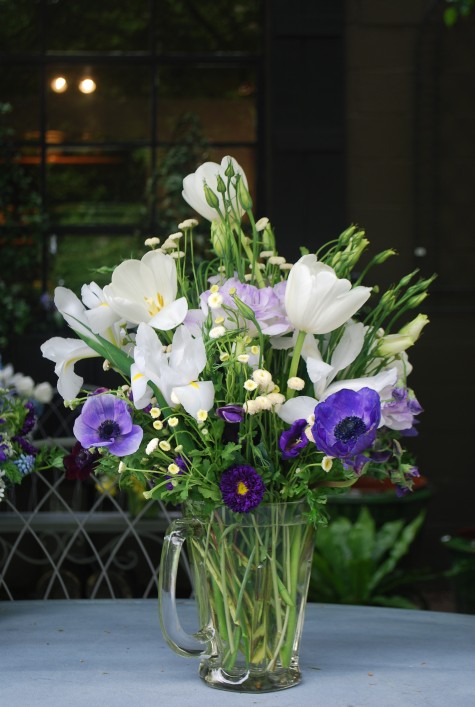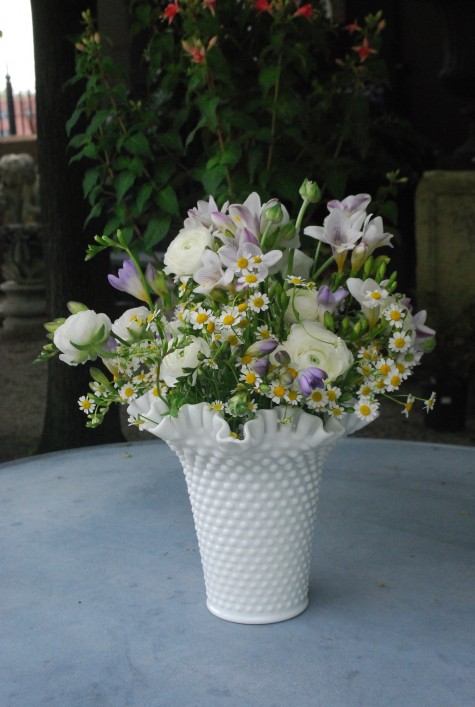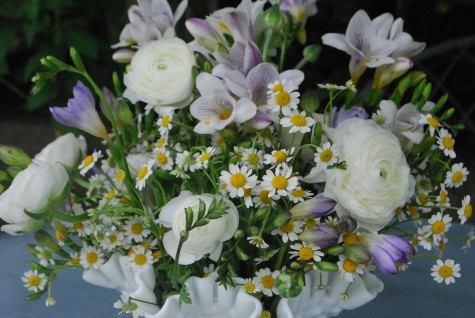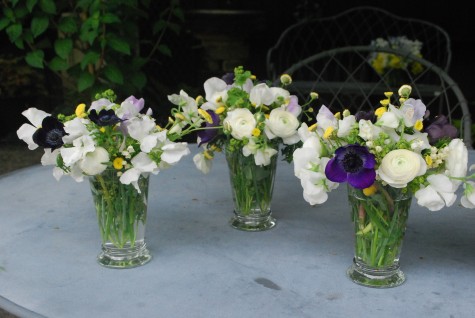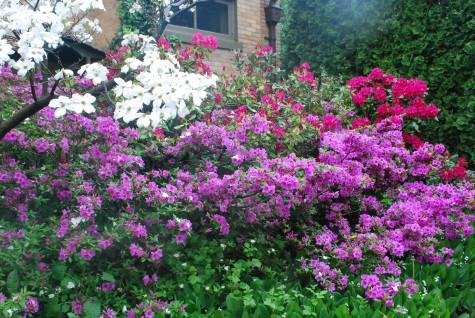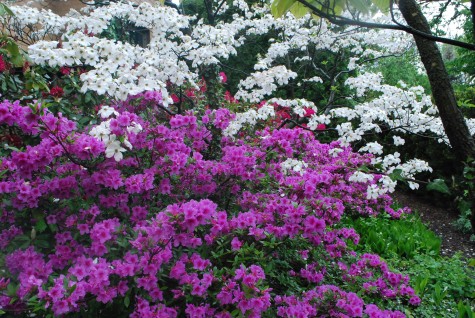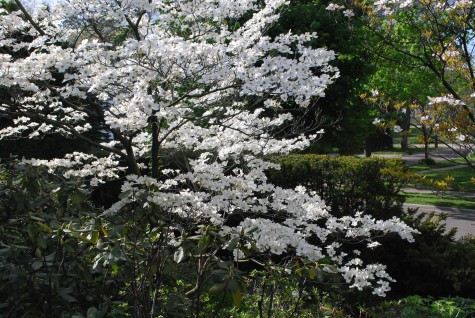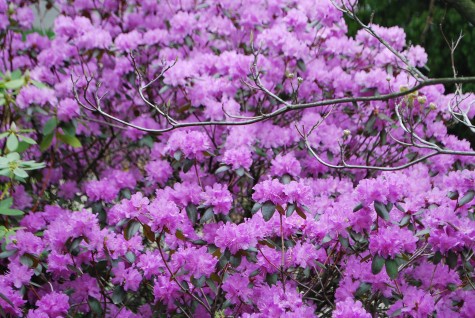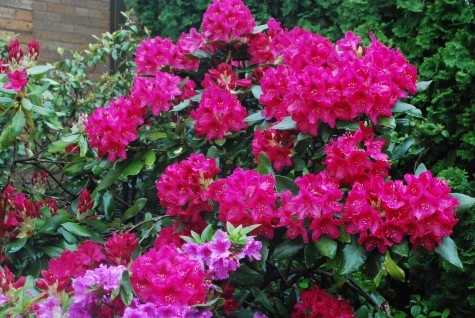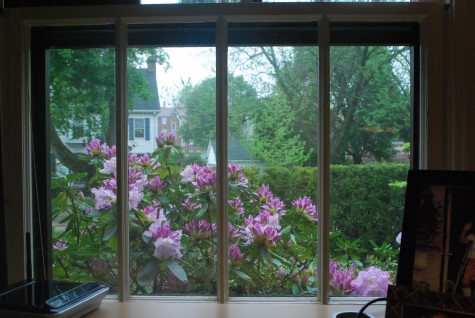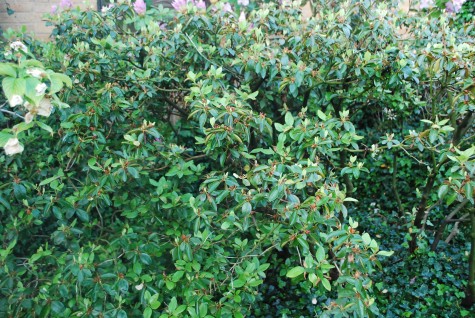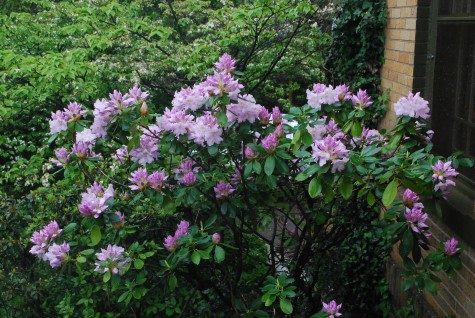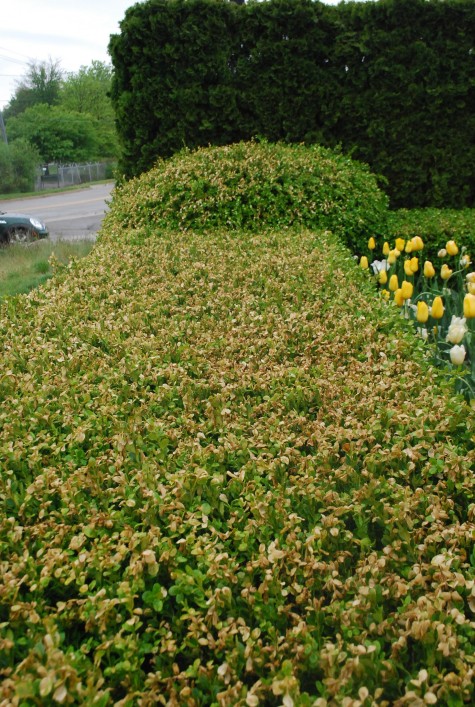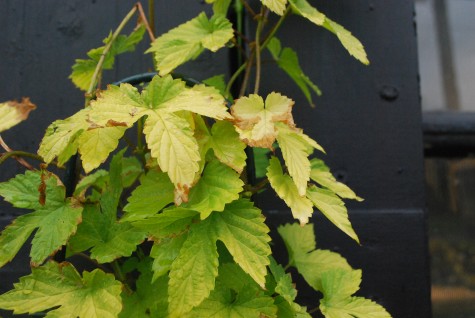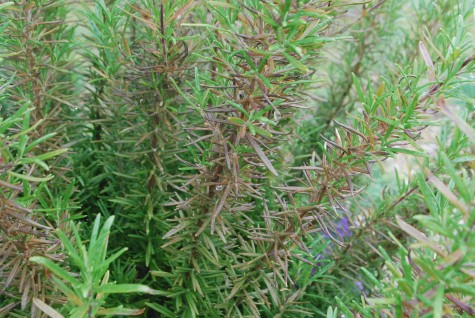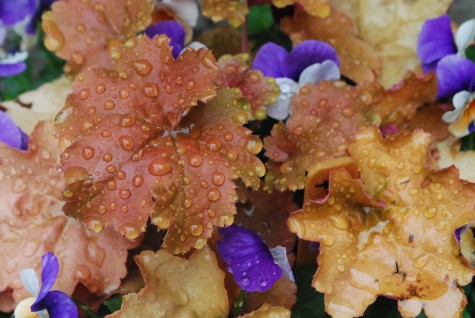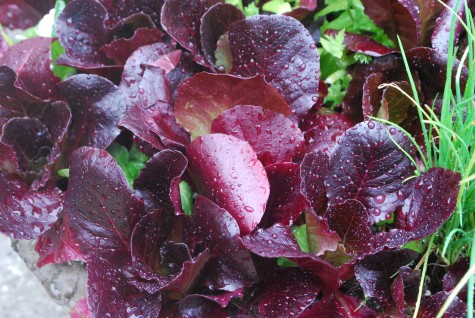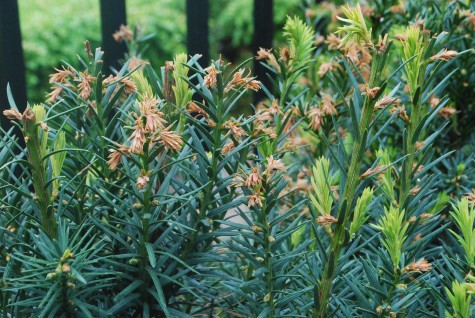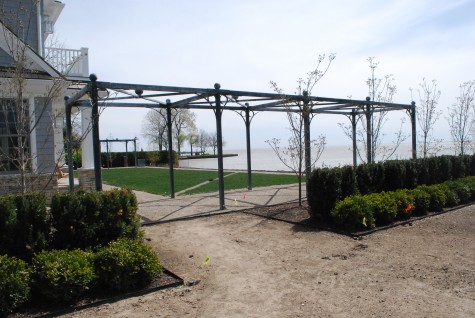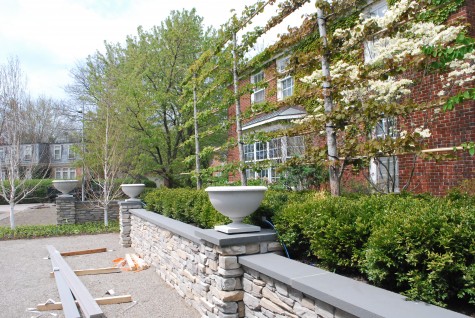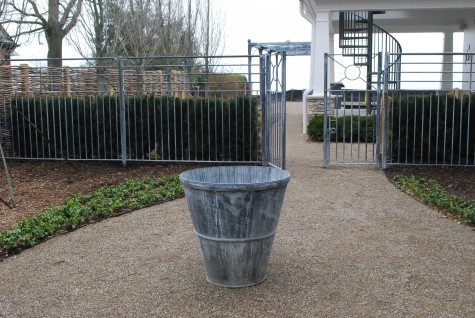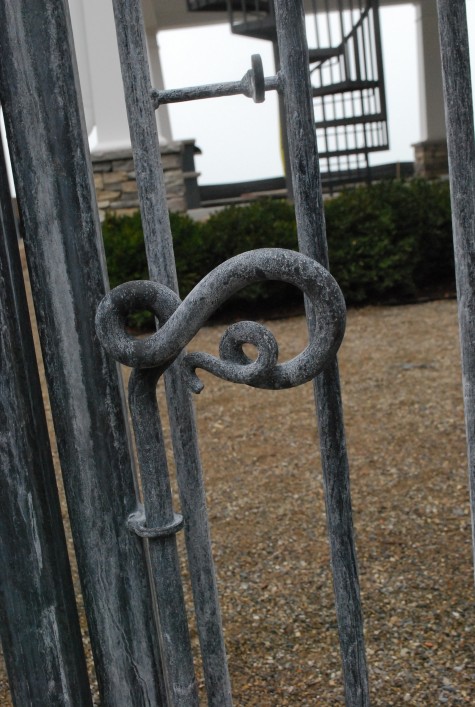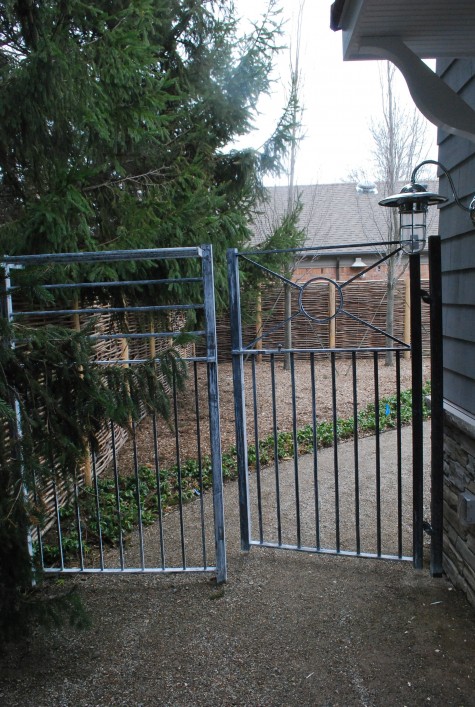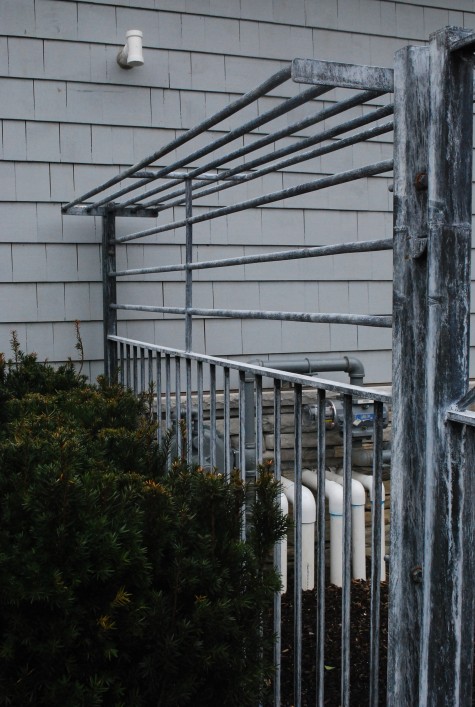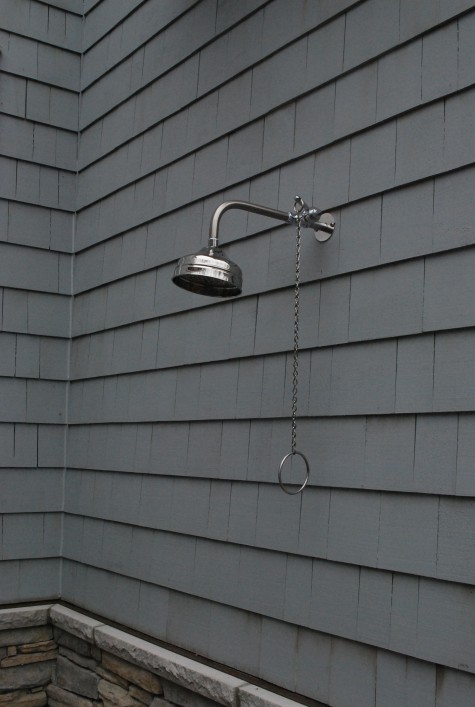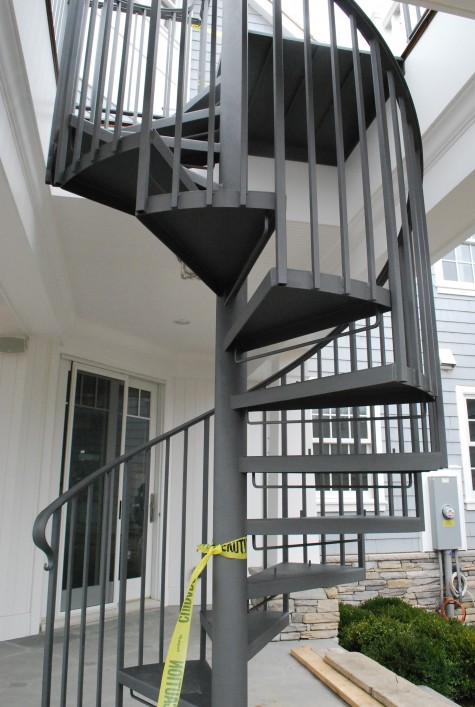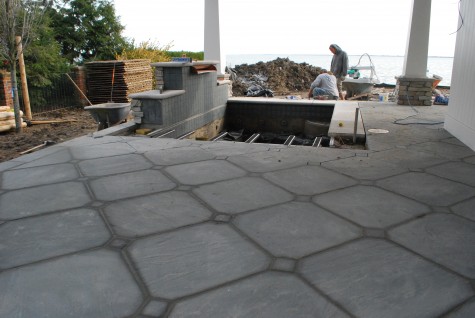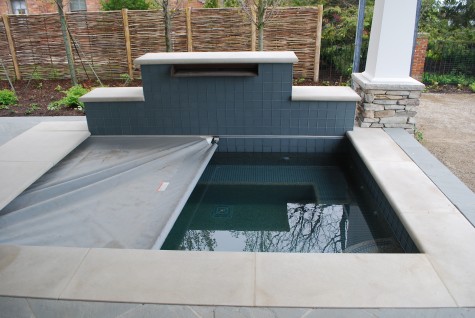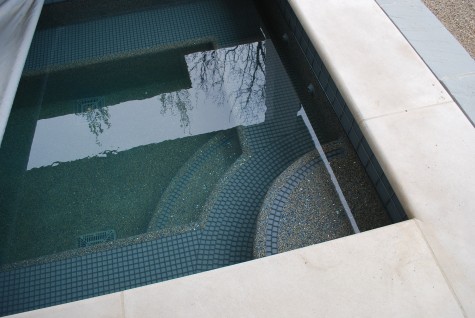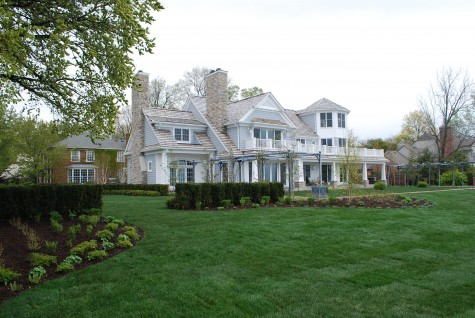 I would imagine that there are lots of gifts, in the form of cut flower arrangements, exchanging hands today. Though a vase full of flowers is a traditional Mother’s Day gift, it is a thoughtful and appropriate choice. In the interest of keeping those fresh cuts fresh as long as possible, I take the time to condition them. These Matsumoto asters have very long, tough, and woody stems. I cut them down to the approximate length I well need, and then strip off any foliage that might be below the water line.
I would imagine that there are lots of gifts, in the form of cut flower arrangements, exchanging hands today. Though a vase full of flowers is a traditional Mother’s Day gift, it is a thoughtful and appropriate choice. In the interest of keeping those fresh cuts fresh as long as possible, I take the time to condition them. These Matsumoto asters have very long, tough, and woody stems. I cut them down to the approximate length I well need, and then strip off any foliage that might be below the water line.
I do like cut flower arrangements that are more about the flowers than the foliage, but there are other good reasons to remove most of it. any leaves below water will immediately begine to deteriorate. Bacteria proliferate under such circumstances. Eventually it will interfere with the stem’s ability to take up water. That uptake is essential to a vase of flowers that lasts. A flower flush with water will stay fresh longer.
The cut flowers I buy from a wholesale flower house may be local, or they may come from a long ways away. Though modern transportation means that a cut flower spends as little time as possible in a box, there is an immediate need to get them a drink of water. After stripping the low foliage, I recut every stem on a slant. This maximizes the stem surface that can absorb water. The asters, ranunculus, and grape hyacinths in these arrangements have a naturally good shelf life. The purple campanula, white phlox, and orlaya (this is the Queen Anne’s lace like flower) need 24 hours of conditioning-meaning immersion deep lukewarm water in a cool spot- before they are arranged.
Dutch iris are fleeting in a vase under the best of circumstances, so I buy them in tight bud. Making sure the flowers you buy are fresh to begin with is important. If you are buying flowers from a grocery store, find out what day their fresh flowers come in. Check for any browning. Whether you are picking tomatoes or fresh flowers, the same rules apply. Even if those buds of iris are not showing color, once the stems absorb water they will pop overnight. Roses in tight bud, showing no color, may never open.
Ranunculus have an amazing long vase life. They are readily available in the spring season. Buying cut flowers that are in season means they are readily available at a reasonable price. Long stemmed red roses available at Valentine’s Day in February are hot house grown, or shipped into my area from California, or South America-an out of season luxury.
The giant long stemmed Pacific hybrid blue delphiniums are indeed a sight to behold, but they are difficult and awkward to arrange. The shorter growing belladonna delphinium is every bit as beautiful a blue, and much more graceful in a vase. The delphiniums were arranged in this vase first. The larger flowered tulips and iris came next. The dashes of white sweet peas-last. Trumpet shaped vases help give a cut flower arrangement a graceful overall appearance. Cylinders can be tough. Every flower wants to be upright.
Tulips are long lasting in a vase too. But as their stems tend to be wobbly, they like a little existing structure to lean up against. I try to condition tulips with plenty of natural light. They look to the light. I like them to be upright while they are taking up water that first day out of the box. The flower heads are heavy, and the stems slight- inevitably the stems will swoop. Conditioning will make them much easier to arrange.
The Dutch iris are very stiff and set, once they open. I like to pair them with other flowers that have a more relaxed habit in the vase. Multiflowered double yellow tulips and sweet peas loosen things up a little. This arrangement went to a Mom with great grandchildren. Pastel flowers are easier to see that dark colored ones. A bouquet of fragrant flowers adds a whole other dimension to the enjoyment of those flowers.
A mix of all white flowers is always a beautiful choice. Veronica, lisianthis, phlox, campanula and orlaya in a vase suggests the profusion of the garden. For a thoroughly modern Mom, a vase full of one kind of flower may be more appealing.
I like mixed flowers in a vase for one practical reason. If the campanula wilts and fades, it can be removed. Clean water, and a little fluffing means the arrangement it there to enjoy for a few more days.
There are those circumstances when arranging flowers in oasis, or floral foam is a necessity. But flowers arranged in water that is kept fresh will last. All of those green stems in clean water is a pretty look.
A smaller scale arrangement will be easier to handle. Recutting the stems every other day, and clean water will help with their longevity. If you buy cut flowers that routinely come with buds-such as lisianthus and ranunculus, making those buds part of the arrangement becomes part of the charm.
The lavender and purple veined freesia in this vase-wonderfully fragrant. The feverfew-very garden like. The ranunculus-like little peonies.
Cut flowers from the garden make lovely arrangements, but I have little in bloom right now. What’s available in my yard and maybe yours right now-lily of the valley. Given that they are usually in bloom on Mother’s Day might be just enough of a good reason to grow them.
